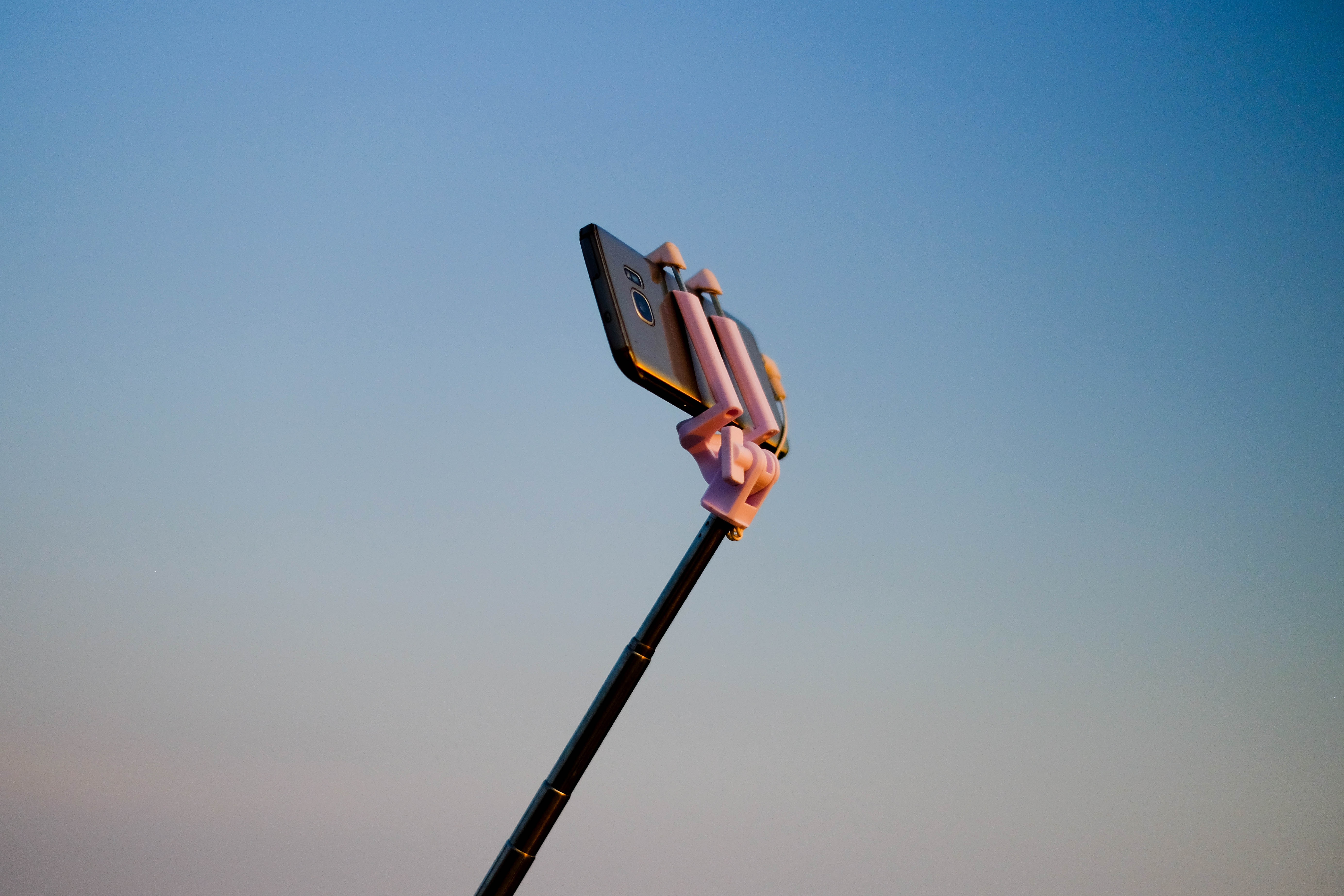
Taiwan’s Supreme Court recently upheld a decision by the Intellectual Property Court holding that the United Daily News’s reprinting of photograph by rival Apple Daily fell within the scope of reasonable use. The litigation also revealed a split between Taiwan’s lower courts and its appellate courts on the standard for originality in protected photographic works and highlighted the use of US case law by the IP Court.
In 2009, after Taiwanese newspaper United Daily News (UDN) re-printed two photos of a woman with Legislator Wu Yu-sheng taken by a photographer for rival newspaper Apple Daily, Apple Daily filed a criminal complaint against UDN for copyright infringement. The Taipei District Court ruled that UDN was not guilty of violating Apple Daily’s copyright because the photographs lacked enough originality to be protected by copyright. Taiwan’s IP Court and the Supreme Court disagreed, finding the photographs original, but nonetheless affirmed the lower court’s decision on the grounds that UDN’s reprinting was a reasonable use of the images.
Originality: Could anyone have taken that?
The Taipei District Court judge’s decision cited three decisions in establishing that photographic originality could be derived from individual elements such as the selection of subject, lighting, props, grouping, angle, etc. Because the photographer needed to remain undetected, he was unable to choose his angle, lighting, or use any special equipment, and therefore captured the image any other person in the same situation would have captured.
The IP Court determined that the lower court judge had set the bar for originality too high and that according to both Taiwanese and international standards, the threshold should instead be a “minimum requirement of creativity,” and the two photos more than met this standard as they turned out clearly despite being taken at a distance in poor lighting conditions.
Reasonable Use
UDN was found not guilty of violating copyright, however, because the IP Court judged the republication of the two photographs to be within the “scope necessary” to the reporting of current events permitted by Article 49 of Taiwan’s Copyright Act, which reads: “When reporting current events by means of broadcasting, photography, film, newspaper, network, or otherwise, works that are seen or heard in the course of the report may be exploited within the scope necessary to the report.”
Judging UDN’s use of the photos in their news reporting to be reasonable, the IP Court found that the public’s interest in understanding the event and the behavior of a public official outweighed the copyright concerns. Furthermore, because UDN published the photos in their evening paper after the potential market value of the images had already reached a low point, this fair use was found not to have infringed on Apple Daily’s economic interests (Copyright Act, Article 65). The Supreme Court agreed with the IP Court’s decision, rejecting Apple Daily’s subsequent appeal on the same grounds.
Interestingly, the IP Court drew much of its reasoning from three U.S. court decisions on fair use, validating these citations by saying that Article 65 of Taiwan’s Copyright Act is essentially a translation of the U.S. Code. The Taiwanese Supreme Court further emphasized that using American court opinions to interpret Taiwan’s fair use law was in accord with the law’s legislative intent, which, according to the court, was to adopt the U.S. model.
Tracing the Development of U.S. Copyright & Fair Use Law
This single case in Taiwan has raced through over a century’s worth of U.S. development in copyright and fair use law. The lower court’s decision echoes the reasoning of the U.S. Supreme Court’s first major decision on photographic copyright in Burrow-Giles Lithographic Co. v. Sarony, 111 U.S. 53 (1884), which included a similar listing of elements which could be deliberately selected by the photographer, such as “light and shade,” or “arranging the costume, draperies and other various accessories,” that could thereby be used to assess photographic originality. Thirty-seven years later, Judge Learned Hand expanded this standard in Jeweler’s Circular Publishing Co. v. Keystone Publishing Co., 281 F. 83(2d Cir. 1922) to the now-prevailing view that nearly all photographs possess originality in sufficient quantity to claim copyright protection. Taiwan’s IP Court rejected the lower court’s standard and instead established a similarly broad standard for originality, the wording of which is reminiscent of the “modicum of creativity” used in the U.S. Supreme Court case Feist Publications, Inc., v. Rural Telephone Service Co., 499 U.S. 340 (1991).
In establishing fair use, the IP Court’s drew on the U.S. Supreme Court’s reasoning in the famous 1984 Betamax case, which the Taiwanese court interpreted as deciding that the protection of freedom of speech and information allowed the public’s interest in infringement to take priority over the economic rights of the owner. This was linked to fair use in media with the U.S. First Circuit Court’s decision in Nuñez v. Caribbean International News, Corp., 235 F.3d 18 (1st Cir. 2000), which judged republication of an already-disseminated photo that is used in an informative, newsworthy way in a story that would be difficult to report without the photos to be fair use.
Foreign rights holders should be encouraged by the willingness of the IP Court to accept foreign court decisions as persuasive authority and practitioners will be watching to see if expected amendments to the Trade Secrets Act based on US law will also lead IP Court to look to US law for guidance.

